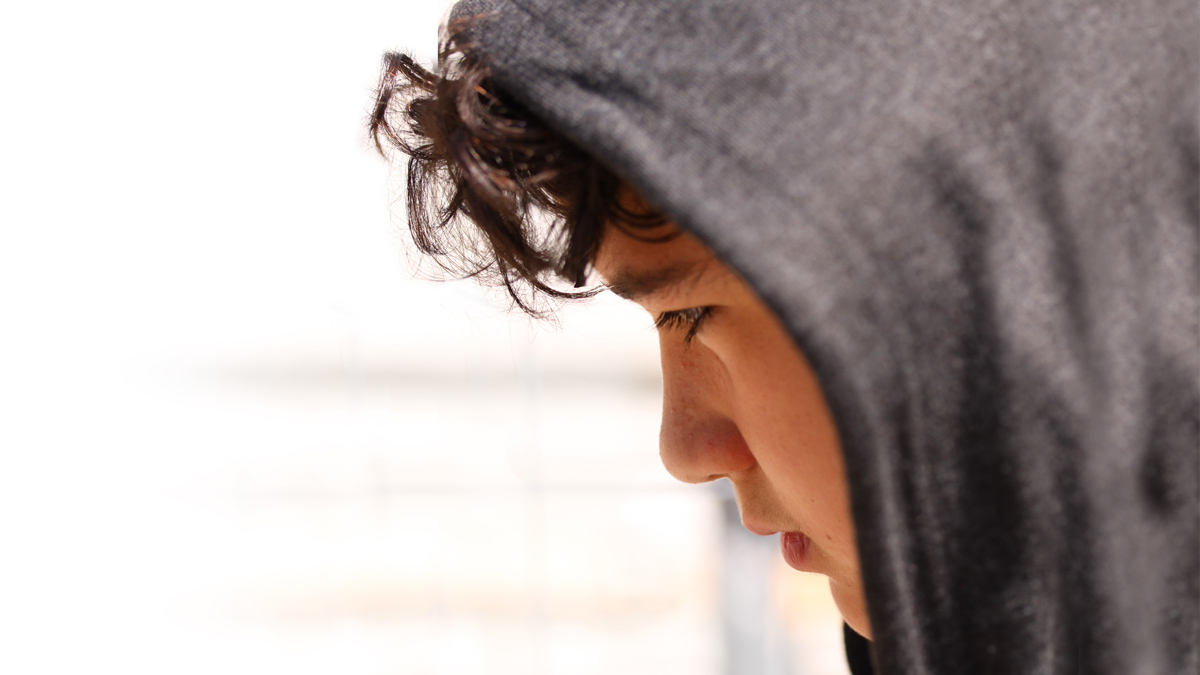“The current young adult population has seen a lot of instability in their lifetimes. The future feels uncertain to them and many of their parents – so they try to study their way to success.”
— Dr. Sara Marcino, psychiatrist and mental health professional with Still Point in Mount Pleasant.
One afternoon in the fall of 1969 at Brook Glenn Elementary School in Taylors, 8-year-old Louie Lewis watched as the clock in his third-grade class ticked close to 2 p.m. He and his classmates had just experienced something they could not yet explain – but which they would now do everything in their power to overcome.
“Our teacher, Miss Alice Harper, assigned us English and math homework – but gave us the last 30 minutes of class to start,” Lewis recalled. “And we raced like crazy to get it done before the bell rang so we could go home and play all afternoon.”
It was Lewis’ earliest memory of school stress, “but something I barely noticed.”
But over the next 50 plus years, school stress would build and form into mental health concerns that Lewis could never have imagined – including surpassing 4.0 grade point average standards; completing college courses in high school; the threat of gun violence; health epidemics such as COVID; lack of social privacy; and the challenge of handling increasing loads of homework.
Now, with another school year underway in South Carolina, a looming question faces parents, teachers and educational leaders: How are we going to handle all of our school stresses before they permanently damage us?
“Academic pressure has increased tremendously for all grade levels,” said Dr. Sara Marcino, psychiatrist and mental health professional with Still Point in Mount Pleasant. “And that pressure now comes with so many other stress factors.”
Past, Present and Future
Dr. Marcino pointed out that while factors such as physical bullying, body comparisons and body shaming have long been present in schools, others have evolved over decades into major components of school stress. For example, when advanced preparatory courses were introduced to South Carolina high schools in the 1970s, students could earn a few college credits in advance. Now a few AP credits might not be enough just to be considered for college.
“Students also feel pressure to score well on the SAT and from universities who want to see many activities on their resumes, including sports, volunteer work and proficiency in a musical instrument,” Dr. Marcino said. “Our children are now told that their value is proportional to achievements and accomplishments. And I can’t think of a better message to destroy self-esteem.”
And with cyber bullying, social media acceptance, COVID strains, environmental concerns and a sharp national political divide, “students are now desperate for some sense of security.”
“The current young adult population has seen a lot of instability in their lifetimes,” she said. “The future feels uncertain to them and many of their parents – so they try to study their way to success.”
Perspective
Uncertainty about the future has always led to carried stresses and changing perspectives. Daisy Nesmith of Sumter, walked two miles to school in the 1950s – after doing morning farm chores and helping her sharecropping family who had no running water, no indoor plumbing and little money to buy school supplies. She worried constantly about “just being able to stay in school.”
By the time Harold Moore entered Liberty High School in Clarksburg, West Virginia, in 1977, his contemporaries were stressing over their futures based on whether they were succeeding or failing in their present struggles.
“Everything revolved around competition – summer jobs, car ownership, high school parking permit, letterman’s jacket and honor society,” said Moore, who now lives in Greenville. “During hunting season, people asked ‘Who killed the deer with the largest rack and how many squirrels did you harvest?’ The tails would be attached to your bicycle handlebars.”
Greenville resident Frankie Felder, a 1989 graduate from Florence, chose to home-school all five of her children to prevent “unnecessary school stress that I believe would hurt them later.”
“School now is not just about learning – it’s more about academic performance and how you measure up against schools in other states,” Felder said. “Safety is now an alarming concern, and I think peer pressure also affects safe-school environments.”
Safety Measures New and Old
When he was in elementary school, Lewis said, school safety mostly amounted to teachers being with students and “janitors locking the building after we left.”
But now, with more U.S. school shootings in the last 22 years than in the previous 160 years combined, safety measures include trained school resource officers and ever-improving electronic security to keep schools safe and stress levels low.
“School safety is now everybody’s concern – from a first-day first-grader to a soon-to-graduate senior,” said Chuck Saylors, past president of the South Carolina School Boards Association and a Greenville County School District trustee since 2002. “And that safety is now everybody’s responsibility.”
District spokesman Tim Waller added that a new $550,000 state-of-the-art portable weapons detection system, known as EVOLV, was implemented before the start of the current year.
“A key advantage with EVOLV is the ability for students to flow through this system at a normal pace while providing accurate detection information,” he said.
But while electronic security can lessen the stress of school safety, Mount Pleasant SRO Ransom Walters said it is no substitute for personal involvement.
“We rely heavily on everyone from faculty and staff to the students and parents to do their part in reporting any safety concerns,” said Walters, an SRO at James B. Edwards Elementary since 2017. “If you see something unsafe, fix the issue. If it’s beyond your scope, report it so that it can be fixed.”
Slower Speeds, Bigger Windows
School safety is not the only fixable issue.
Dr. Kelly Holes-Lewis, a psychiatrist with Modern Minds mental wellness clinic in Charleston, said it is imperative that “we encourage our students to share their worries openly with their parents, teachers, a trusted friend or loved one.”
“Because if these fears are left unspoken, they can lead to symptoms of depression, anxiety and even self-medicating with substances to numb the negative feelings they have,” she said, adding that the window for kids to just be kids keeps getting smaller.
“Our children are growing up much faster than ever before,” Dr. Holes-Lewis pointed out. “We live in a very fast-moving world, which includes our education and our lives. But it is not a healthy pursuit.”
Going forward, both Dr. Holes-Lewis and Dr. Marcino said that to keep school stresses from building even more and passing the proverbial point of “know” return, everyone in the state’s school systems must offer basic personal support such as:
- School officials providing for students’ mental health as early as possible.
- Parents instilling in children the importance of unwinding every day.
- Students pursuing courses of study that are personally right for them rather than trying to please college entry boards.
- Encouraging students of all ages to play after school.
- Teachers revamping homework to manageable levels. “In grade 1, 10 minutes is ideal,” Dr. Marcino said. “In grade 4, 40 minutes. In grade 6, 60 minutes. Too much homework leads to burnout, poorer nutrition, lack of sleep and inadequate opportunities to connect with family and friends.”
To echo both Saylors and Walters, the most potent weapon against any kind of school stress is everyone looking out for everyone else in any way they can.
“With all the unprecedented stresses and challenges facing our students today, our teachers and students would tremendously benefit from a daily in-school practice of meditation and silence,” Dr. Holes-Lewis said. “This practice leads to greater levels of compassion, empathy and understanding, all of which we need more of in our world today.”
By L. C. Leach III







